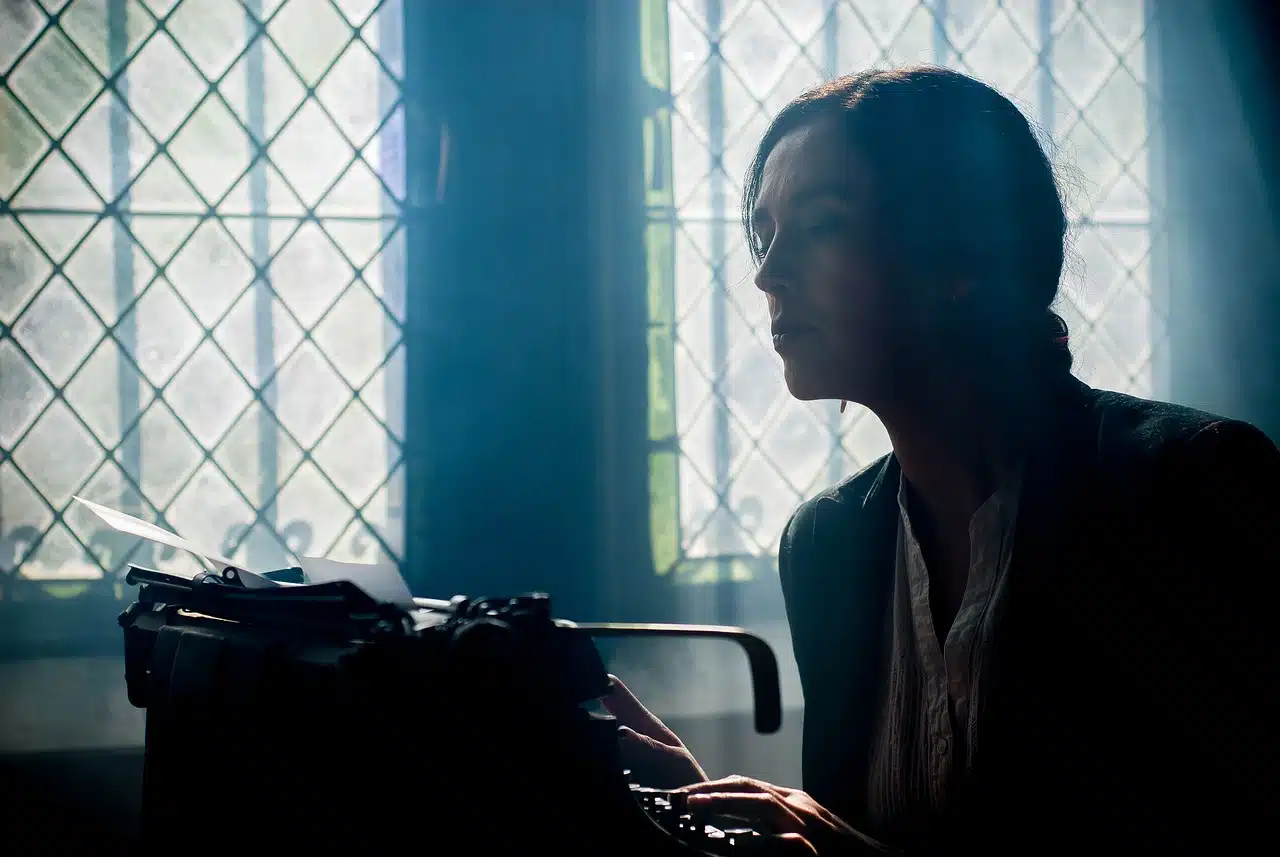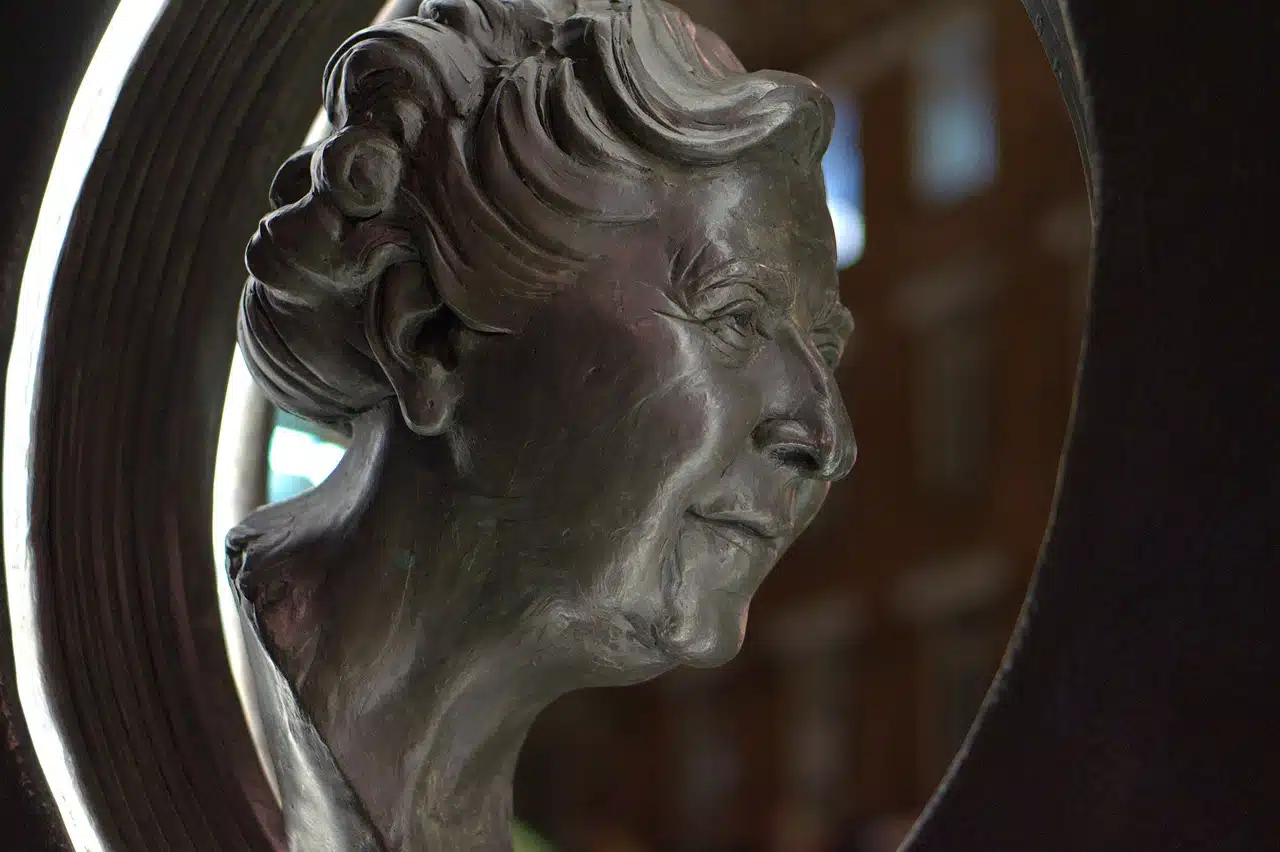
In an autobiography, the author narrates events from his own life.
Autobiography is a literary genre where the author narrates events from his personal life . Generally, these texts collect the most important experiences of the writer's existence.
It can be indicated that an autobiography is a book of memories . Unlike a biography , where a writer tells someone else's story, an autobiography is narrated by the protagonist himself.
It is also distinguished from the intimate diary in that it arises from retrospection, while the diary is written in parallel to the development of events.
Features of the autobiography
Typically, autobiography develops chronologically . The author begins by detailing events from his childhood , continues with moments of adolescence and finally reaches adulthood or, if he has already reached it, old age .
On this journey, he often makes reference to his family and his partners, lists his professional achievements, shares anecdotes and may even make a confession . There are those who also allude to the historical context and the society of their time as a complement to what is narrated.
It cannot be omitted to mention that some public figures, when developing their autobiography, hire authors to help them in the work. In this way, they have collaboration to organize their testimonies and present the chronology of their life history in an attractive way.

Many autobiographies manage to become best-sellers.
The narration
The narration of the autobiography is usually carried out in the first person singular ( "I" ). This is because it is a personal story, the result of a work of introspection .
If the intention is to make known individual interests and passions, reflect on the personal relationships established throughout life and leave a legacy through writing, the literary style must be in tune with that subjectivity . Whoever writes the autobiography takes charge of what is expressed and assumes the leading role.
This does not imply, of course, that in certain sections other grammatical persons cannot be used. If a footballer is detailing how he experienced a certain competition, it is likely that he will involve his teammates in what he tells. For example: “We, before the start of the World Cup, were convinced that we would go very far.”
Historical autobiographies
The first autobiographies functioned as apologies that, instead of collecting what was experienced, sought to justify certain behaviors. The authors sought to explain the reasons for their actions, making excuses and generally engaging in self-praise.
The autobiography of Flavius Josephus is one of the oldest works of its kind. It was written in Greek by the Judeo-Roman historian around the year 96 in an attempt to show why, after leading the Jewish army and facing the Romans, he changed sides after Israel 's military defeat and obtained Roman citizenship.
Saint Augustine of Hippo , meanwhile, presented his autobiography with the title of “Confessions in thirteen books.” In these books, which he wrote between 397 and 398 , he confesses the sins of his youth and explains his conversion to Christianity. It is often said that the “Confessions” of Saint Augustine of Hippo constitute the first autobiography in the Western world.

Agatha Christie's autobiography achieved great popularity.
The genre today
Currently, autobiographies are usually written by celebrities such as athletes and artists. In any case, there are also politicians, activists, scientists and spiritual leaders who want to capture their experiences in writing.
Sometimes, autobiographies are written by entrepreneurs who detail their story of personal improvement , showing how they crossed multiple barriers and managed to fulfill their dreams . In these cases, the autobiography can become a guide for the reader.
While there may be noble or profound purposes when creating an autobiography, there are projects that are born with a commercial objective . Publishers, considering that the autobiography of a singer, an actor or a footballer can be a bestseller , directly propose to the star to launch an autobiography.
Most famous autobiographies
The most famous autobiographies managed to become best sellers and, in some cases, achieved recognition from literary critics . These are books that allow you to approach famous people in a different way: through their own memories.
“Autobiography” by Agatha Christie , for example, is a work highly valued by all admirers of the great British writer. Published posthumously, it recounts her happy childhood, her youthful loves, the difficulties she went through when she began her literary career and what it meant for her to achieve success.
The controversial Woody Allen , for his part, published “About Nothing” in 2000 . In addition to writing about his filmography and professional career , the American filmmaker refers to the accusations of sexual abuse and his relationship with Soon Yi Previn , who was his stepdaughter and later became his partner.
Two great Latin American writers who have shown their literary talent with their autobiographies were Pablo Neruda and Gabriel García Márquez .
“I confess that I have lived” is the autobiography of the Chilean poet. His numerous trips, his talks with Ernesto “Che” Guevara and his intervention to help those persecuted by Franco in Spain appear in its more than 500 pages that reach almost to the moment of his death . The Colombian, meanwhile, wrote “ Living to tell it” focusing on his childhood and youth.
The crossing with the novel
It should be noted that many authors developed fictionalized autobiographies or autobiographical novels . In these creations, the boundary between reality and fiction is somewhat blurred and there is a predominant aesthetic intention.
In this framework, we can mention “Life of Henry Brulard” , a work by Stendhal whose original publication took place in 1890 . Also to “Papillon” ( 1969 ) by Henri Charrière and “The First Man” ( 1994 ) by Albert Camus .
Autobiographical novels are a resource used by writers who want to make known certain issues in their life but who, for various reasons, do not intend to do so in the first person or using their real name. That is why the reader must draw parallels that allow connecting what is narrated with what is true.
